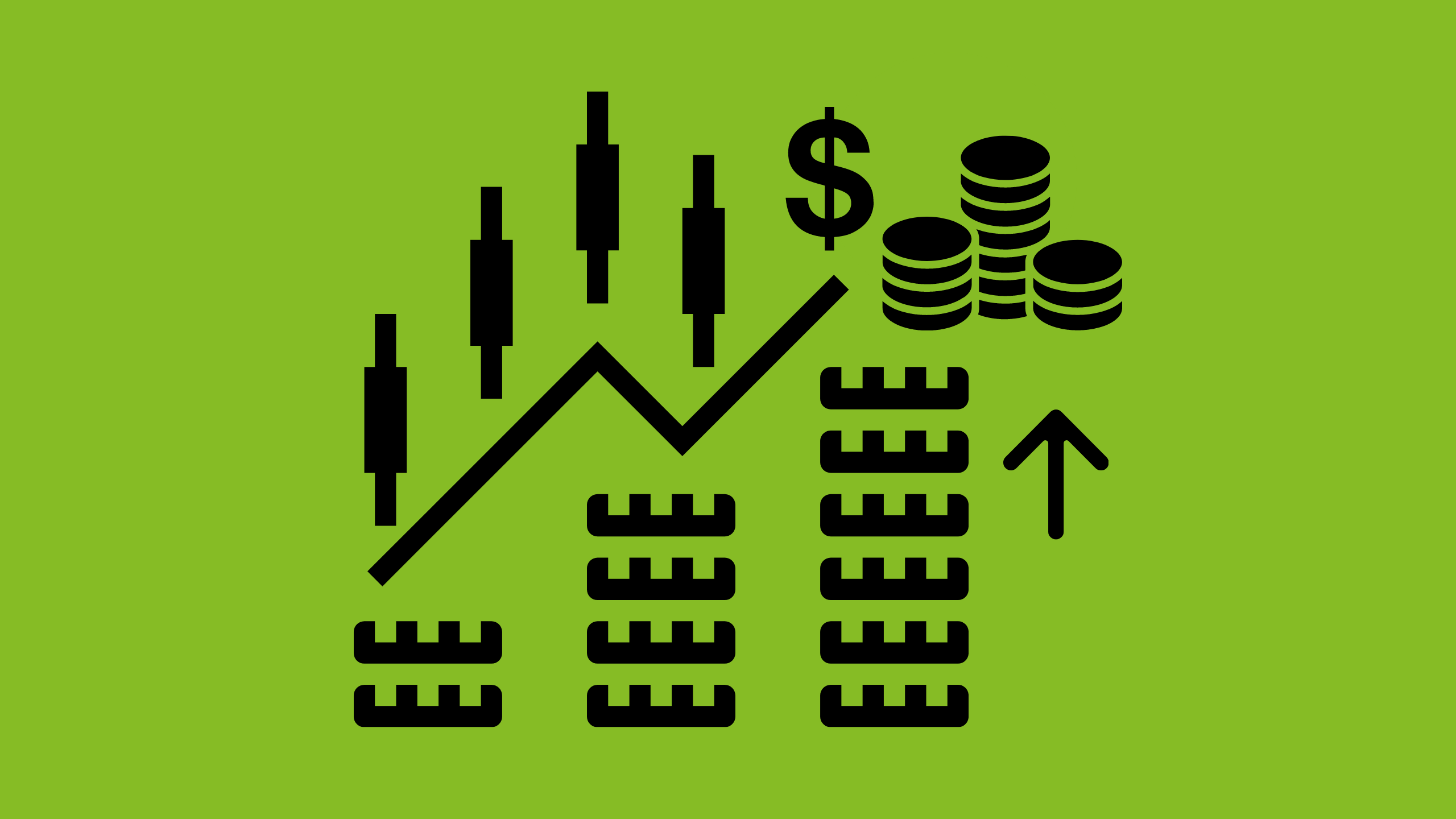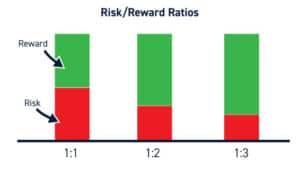The ever-churning vortex of the forex market can be both exhilarating and intimidating for traders. While news and economic data play a crucial role in shaping currency movements, technical analysis offers a powerful tool to navigate the choppy waters and make informed trading decisions. However, with a plethora of indicators, charts, and strategies at your disposal, mastering the art of technical analysis requires a disciplined and methodical approach. In this comprehensive guide, we’ll delve into the best practices for conducting technical analysis in forex trading, equipping you with the knowledge and skills to confidently chart your course in the dynamic world of currencies.
1. Understand the Core Principles
Before diving into specific tools and techniques, it’s crucial to grasp the underlying principles of technical analysis in forex trading. Three key pillars hold up this framework:
- Market Psychology: Price movements reflect the collective sentiment of market participants, influenced by factors like fear, greed, and risk aversion. Technical analysis seeks to identify and capitalize on these recurring patterns in psychology.
- Trend Recognition: Identifying the dominant trend – uptrend, downtrend, or sideways – is fundamental to formulating trading strategies. Aligning your trades with the prevailing trend increases your chances of success.
- Price Action Analysis: Analyzing price movements on charts, including candlestick patterns, support and resistance levels, and volume indicators, reveals potential entry and exit points for trades.
2. Choose Your Tools Wisely
The forex market offers a vast array of technical indicators, each with its own strengths and limitations. Avoid the temptation to overload your charts with every indicator available. Instead, focus on mastering a few that align with your trading style and risk tolerance. Popular choices include:
- Moving Averages: These smooth out price fluctuations, helping identify trends and potential entry points.
- Relative Strength Index (RSI): Measures momentum and potential overbought/oversold conditions.
- Stochastic Oscillator: Similar to RSI, but with a wider range for identifying extreme levels.
- Fibonacci Retracements: Provide potential support and resistance levels based on historical price movements.
- Support and Resistance Levels: Areas where price has historically found difficulty breaking through, offering potential entry and exit points.
Remember, indicators are not crystal balls. Use them as confirmation tools, not absolute predictors of future price movements.
3. Combine Technical and Fundamental Analysis
While technical analysis focuses on price patterns, fundamental analysis considers economic data, central bank policies, and geopolitical events that can impact currency values. Combining these two approaches provides a more holistic understanding of the market and strengthens your trading decisions. For example, identifying a potential trend reversal based on technical analysis might be further validated by upcoming economic data releases that could solidify the trend.
4. Backtest and Refine Your Strategies
Before risking real capital, test your trading strategies on historical data using backtesting tools. This allows you to evaluate the effectiveness of your approach and identify areas for improvement. Don’t be afraid to adapt and refine your strategies based on backtesting results and real-time market performance.
5. Practice Risk Management
Technical analysis is not a foolproof guarantee of success. Risk management is paramount to protect your capital and limit potential losses. Always define your stop-loss and take-profit levels before entering a trade, ensuring you exit the market at predetermined points regardless of the outcome. Additionally, maintain proper position sizing, avoiding risking too much capital on any single trade.
6. Maintain Discipline and Patience
The forex market can be volatile and unpredictable. Sticking to your trading plan and avoiding emotional decisions are crucial for long-term success. Don’t chase losses or get carried away by excessive wins. Remember, patience and discipline are key to navigating the market’s ups and downs.
7. Continuously Learn and Adapt
The world of forex trading is constantly evolving. Stay up-to-date with market news, economic developments, and new technical analysis tools. Never stop learning and adapting your strategies to stay ahead of the curve. Consider attending workshops, reading relevant books, and engaging with other traders to expand your knowledge and refine your skills.
8. Use Technology to Your Advantage
Modern technology offers a wealth of tools and resources to enhance your technical analysis. Utilize charting platforms with advanced features, news aggregators, and sentiment analysis tools to gain deeper insights into the market. Additionally, consider exploring automated trading systems, but remember, they should complement your analysis, not replace your judgment.
Technical analysis is a powerful tool for navigating the complexities of the forex market. By understanding its core principles, choosing the right tools, and practicing sound risk management, you can increase your chances of success in this dynamic arena. Remember, mastering technical analysis is a journey, not a destination. Embrace the continuous learning process, adapt your strategies to the evolving market, and ultimately, trade with discipline and confidence to achieve your forex trading goals.
Let’s Manage Your Forex Funds With Fx Pips Guru!
Fx Pips Guru is a forex fund management company managing client’s funds based on monthly profit share. Let’s do Live Chat with our experts.




